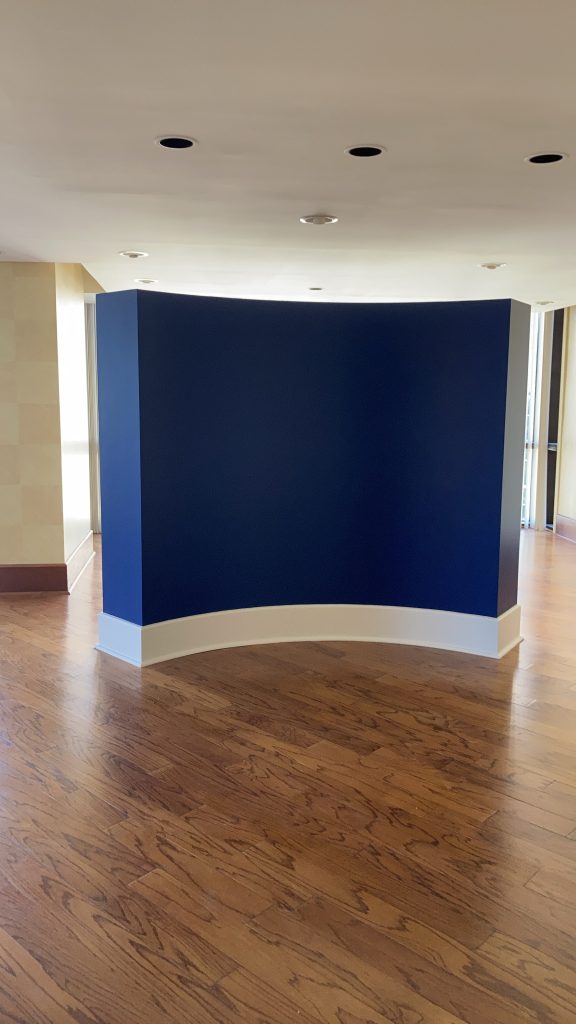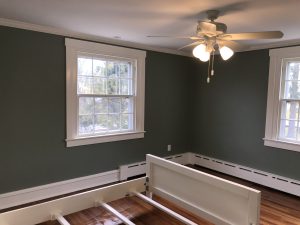Painting your home is a cost-effective way to refresh its look and create a welcoming ambiance. However, with so many paint options available in the market, choosing the right one that fits your budget can be a daunting task. But fear not! In this guide, we’ll walk you through some practical tips to help you pick the perfect paint that won’t break the bank.
1. Determine Your Budget
Before you start shopping for paint, it’s essential to set a budget for your painting project. Consider how much you’re willing to spend on paint and other supplies like brushes, rollers, and painter’s tape. Having a clear budget in mind will help you narrow down your options and prevent overspending.
2. Choose the Right Type of Paint
There are various types of paint available, each designed for different purposes and budgets. Here are some common options to consider:
- Latex Paint: Latex paint is water-based, easy to clean, and suitable for most interior walls. It’s budget-friendly and dries quickly, making it an excellent choice for DIY projects.
- Acrylic Paint: Acrylic paint is similar to latex paint but offers better adhesion and durability. It’s an affordable option for both interior and exterior surfaces.
- Oil-Based Paint: Oil-based paint provides a smooth and durable finish, but it’s usually more expensive than latex or acrylic paint. It’s best suited for high-traffic areas and surfaces that require extra protection.

3. Compare Prices and Brands
Once you’ve determined the type of paint you need, compare prices and brands to find the best value for your budget. Don’t forget to consider the coverage and quality of the paint. Some brands may offer more coverage with fewer coats, which can save you time and money in the long run.
4. Look for Sales and Discounts
Keep an eye out for sales, discounts, and special offers from paint stores. Many stores offer promotions during holidays or seasonal sales events. Buying paint during these times can help you score significant savings on your painting project.
5. Consider Buying in Bulk
If you have a large painting project or multiple rooms to paint, consider buying paint in bulk to save on costs. Many stores offer discounts on larger quantities of paint, which can be a cost-effective option for bigger projects.
6. Opt for “Oops” Paint
Some paint stores offer “oops” paint, which is paint that was mixed to a specific color but wasn’t the right shade for the customer. These cans of paint are usually sold at a discounted price and can be an excellent way to save money on your painting project.
7. Don’t Compromise on Quality
While it’s essential to stick to your budget, don’t compromise on the quality of the paint. High-quality paint will provide better coverage and durability, resulting in a longer-lasting finish. It’s worth investing a bit more in quality paint to avoid the need for frequent touch-ups and repainting.
8. Consider Hiring a Professional
If you’re unsure about the right paint for your budget or need help with your painting project, consider hiring a professional painting company like Chpainters. They have the expertise and knowledge to recommend the best paint that fits your budget and ensure a flawless and long-lasting finish.

Types of Paint and How to Compare Prices
When it comes to choosing the right paint for your budget, understanding the different types of paint available and knowing how to compare prices is essential. Let’s take a closer look at the various types of paint and some tips for comparing prices effectively:
1. Latex Paint
Latex paint, also known as water-based paint, is one of the most common and budget-friendly options available. It’s easy to clean up with water, dries quickly, and has low levels of harmful fumes, making it a popular choice for indoor use. Latex paint is suitable for most interior walls, ceilings, and trim, and it comes in various sheen levels, from flat to high gloss.
2. Acrylic Paint
Acrylic paint is similar to latex paint, but it offers better adhesion and durability. It’s a versatile option that can be used for both interior and exterior surfaces. Acrylic paint is more resistant to wear and tear and is an excellent choice for high-traffic areas like hallways, doors, and windows. It’s also available in a wide range of colors and finishes.
3. Oil-Based Paint
Oil-based paint provides a smooth and durable finish and is especially suitable for surfaces that require extra protection, such as kitchen cabinets, furniture, and exterior trim. It takes longer to dry than latex or acrylic paint and has a strong odor, so proper ventilation is essential during application. While oil-based paint offers excellent durability, it tends to be more expensive than water-based options.
4. Compare Prices
When comparing prices for different types of paint, consider the following factors:
- Brand: Different paint brands offer varying price points based on factors like reputation, quality, and available features. Some well-known brands may come with a higher price tag, but they often offer better coverage and durability.
- Coverage: Check the coverage of each paint product, usually indicated on the label. Higher-quality paints often have better coverage, meaning you’ll need fewer coats to achieve the desired finish.
- Finish: The finish of the paint can also affect the price. Flat and eggshell finishes are generally more affordable, while semi-gloss and high-gloss finishes may be more expensive.
- Container Size: Pay attention to the size of the paint container when comparing prices. Some stores offer discounts for larger quantities of paint, which can be more cost-effective for bigger projects.
- Promotions and Discounts: Look for sales, promotions, and discounts offered by paint stores. Many stores have seasonal or holiday sales events where you can find paint at reduced prices.
- Bulk Buying: Consider buying paint in bulk if you have a large painting project. Some stores offer discounts for purchasing multiple gallons of paint at once.
- Quality: While it’s important to stick to your budget, don’t compromise on the quality of the paint. High-quality paint may be more expensive upfront but can save you money in the long run by requiring fewer coats and lasting longer.
By carefully comparing prices and considering these factors, you can find the right paint that fits your budget without sacrificing quality or the desired finish. And remember, when in doubt, consulting with professional painters like can provide valuable insights and recommendations to ensure you make the best choice for your specific painting project.
In conclusion, choosing the right paint for your budget doesn’t have to be overwhelming. With careful planning, comparison shopping, and a bit of creativity, you can find budget-friendly paint options that meet your needs and bring your vision to life. So, don’t stress about navigating the wide array of paint choices out there; reach out to us and let our professional painters guide you to the perfect paint that complements your budget and beautifies your home in the most affordable way.

